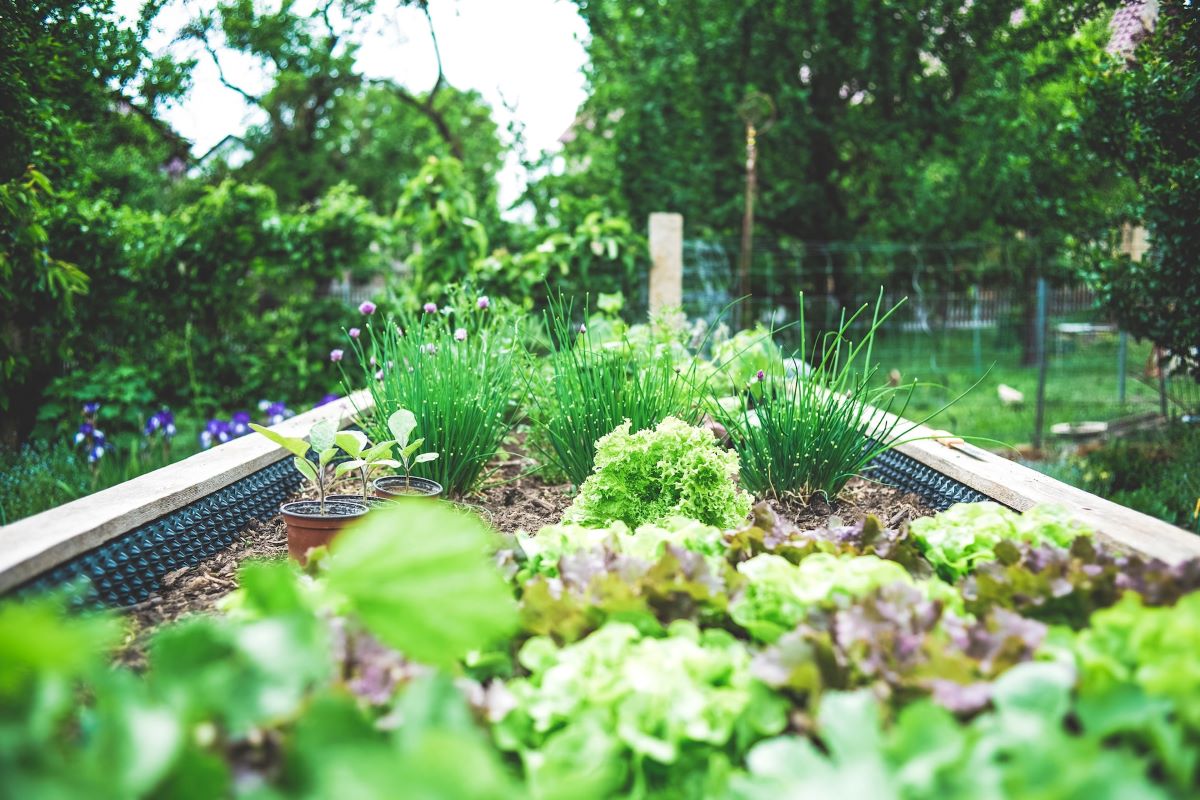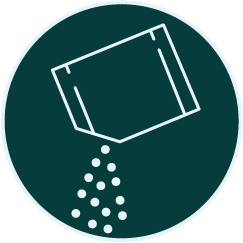Recent Posts
- Home
- Elevate Blog
- The Compostable Packaging Life Cycle
The Compostable Packaging Life Cycle
Posted on

Approximately 36% of all plastics produced are used in packaging, with around 85% of that packaging ultimately ending up in landfill or as litter. In 2018 the U.S. sent 10 million tons of plastic packaging to landfill, with only 2 million tons being recycled.
With these statistics in mind, it’s more important than ever for the packaging life cycle to be circular. But what does that mean?
"A circular economy aims to redefine growth, focusing on positive society-wide benefits. It entails gradually decoupling economic activity from the consumption of finite resources, and designing waste out of the system.”
A circular economy focuses on materials being used over and over, in a continuous loop, rather than discarded.
Compostable packaging is designed with circularity in mind. It begins with sustainable design and production using biobased materials. Once the packaging has been used ( and reused!) it is composted, and turned into new materials (compost!) to be used again - creating a circular loop.

What Does the Life Cycle of Your Compostable Packaging Look Like?
A circular economy aims to eliminate waste and pollution, circulate materials, and regenerate nature. But how does this translate into the compostable packaging life cycle? Let’s take a look:

Your compostable packaging is designed and produced from renewable biobased materials. Your product is created and put into its new packaging.

The packaging protects your product as it travels to a retail store, or is sold directly to a customer. Your customers receive your product and use it in their homes.

After it has served its primary purpose, your used compostable packaging is recovered and composted. It breaks down into non-toxic, natural elements alongside food scraps and other organic materials.

The resulting compost is added to the soil, where it replenishes nutrients in degraded soil and nourishes plant life.

Healthy soil supports strong ecosystems, which produce nutritious and abundant crops. Those crops could be future ingredients for your products!
Composting mimics the cycle of life and decomposition in nature, it is endlessly circular! Composting naturally recycles organic material into a product that enriches the soil. Ensuring used compostable packaging reaches composters is the key to maximizing the positive impact. When compostable packaging reaches the compost bin, it becomes a valuable resource, enriching soil, boosting food production, and minimizing our carbon footprint.
Close the loop and maximize the environmental benefits of compostable packaging.
The Compost Stewardship Institute connects brands and composters to ensure that compostable packaging is recovered and composted.

Why is Circularity Important?
Sustainability is about making sure that the things we create today don’t have negative impacts on one another or on our planet, both now and in the future. Embracing a circular economy, focused on regeneration, empowers us to build resilient ecosystems.
Today's conscious consumers prioritize sustainability and seek brands that actively embrace circularity.
Circularity fundamentally redefines our relationship with materials and products. It recognizes that sustainability isn't confined to "end of life." Environmental impact occurs at every stage of the packaging life cycle, from material sourcing and production to the shape and functionality of the packaging itself.
When we design with circularity at the core, decisions become interconnected. These decisions must consider the entire narrative of your product and packaging. The life cycle of your product and packaging includes the total impact, from creation to decomposition.
When designing for circularity, every decision becomes part of a cohesive narrative. The life cycle of your compostable packaging (from creation to decomposition) includes the total impact, and ultimately, its contribution to a healthier planet.
This comprehensive approach is what truly resonates with today's conscious consumers and unlocks the full potential of compostable packaging.
Learn More: Designing for Circularity
Begin Your Sustainability Journey
Circular Packaging Swaps
Not sure where to begin?
One of the easiest and low cost places to begin is by replacing your labels! Most product labels and stickers are plastic or plastic-coated, try using compostable labels instead.
Using compostable cellophane bags, or compostable wrap, in place of plastic is also a relatively simple swap. If you need something stronger and with a higher barrier, choose compostable zipper pouches. Compostable pouches are also a great way to incorporate more sustainable materials into a refill or subscription-based system.
For more circular swaps: Getting Started with Sustainable Packaging
Originally Posted on Mar 22nd 2023
Updated Jan 24th 2024
 Loading... Please wait...
Loading... Please wait...




